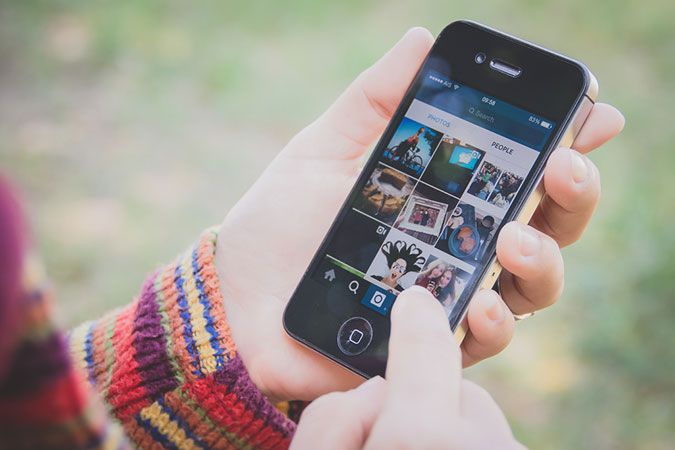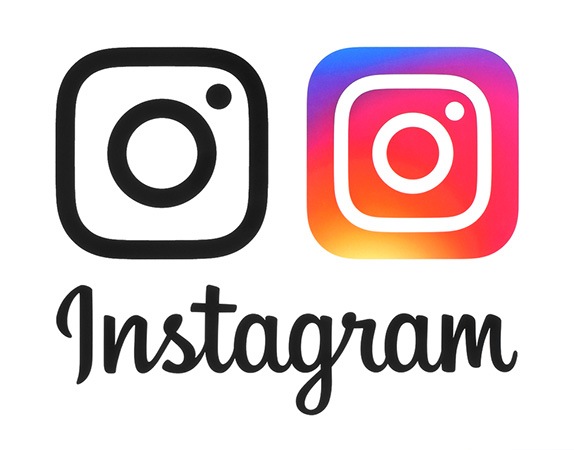In a world where community engagement is increasing moving online, it’s extremely helpful for you as an aspiring photographer to spend time building and maintaining organized social media pages. Not only will this provide an outlet for sharing your art, it has business benefits as well and can actually be pretty lucrative if approached professionally. If you run an online store selling prints for example, you can easily leverage social media to guide visitors to that site. Beyond that, social media pages serve as quick resources where clients can check out samples of your work.
Of all the platforms at your disposal, some clearly stand out as more practical to use when showcasing photography. Instagram, unsurprisingly, is at the top of this list.
However, one of the most common complaints we receive from struggling photographers is that they can’t seem to drum up a substantial following on their Instagram page. If this sounds like you, here are the basic rules of Instagram success we suggest you adhere to:
- Stick To A Routine
- Be Consistent
- Use Hashtags
- Be Social
You need to be consistent with your posting, but you don’t want to oversaturate followers with too many photos- it clogs up their feed and is generally considered annoying. Normally, we’d say that posting 1 photo per day is sufficient. If you want to pick up the pace, we’d recommend you leave a few hours gap between each image share, and try not to post more than 6 per day (especially if you have a small following- much larger accounts can get away with more sharing).
Anywhere from 1-3 images per day is best practice. Luckily, if you have a handful of images you want to upload and can’t narrow it down, Instagram recently rolled out a new tool in which you can share more than 1 image at once using a carousel feature. Use that instead if you’d like to share a large series.
Just like it’s important to be consistent with your timing, it’s important to be consistent with your content as well. If you’re a wedding photographer for example, sharing pictures of the cheeseburger you had for lunch or the new sneakers you just bought is off-brand. If you have personal photos you want to share on Instagram, it might be worth making 2 accounts- one for business (an account solely dedicated to wedding photos) and one for pleasure (those new sneakers or that great burger).

This is likely where the majority of your new followers will come from. Think of hashtags like organizational labels for the content in your image. If you were putting a physical print of your picture in a file folder, how would that folder be labeled? And which similarly-labeled folders would it share a drawer with once categorized as such?
We say this because once you hashtag an image, Instagram’s algorithms will then add your shot to a gallery of similar others (so if a food photographer hashtags #pizza on a shot of a slice for example, the image will then be added to a massive Instagram-wide gallery among every other shot tagged #pizza). That way, if a pizza fan is looking for famous pizza photographers to follow, they can simply look up that hashtag and scroll through a gallery until they spot an image they like. From there they can click on it and check out the rest of that photographer’s work and follow him/her if they like what they see.
This is helpful especially if you’re a niche photographer of something like baby portraits or pets. People (prospective followers) who are generally interested in such topics often search related hashtags so they can check out cool content and discover new users to follow. Considering this, it’s important to make sure your hashtags are relevant so that your pictures are included where the right audience is searching.
Generally, its best practice to keep your hashtagging as relevant as possible. To mention the pizza example again, tags that could work for that shot are things like #food #dinner #cheese or #yum. Some photographers use a spam-like, frowned upon practice of tagging irrelevant words in an effort to get more eyes on their images. And maybe that works from a viewership growth perspective, but it doesn’t do great things for your brand reputation.
Say you hashtag the word #pizza on an incredible sunset photo because you want a ton of people to see it, and you know the pizza hashtag gets a lot of traffic. The user mentioned earlier happens to see it when they’re scrolling the pizza gallery. They’re likely going to be put-off by the fact that your image is so out of place in this archive. Or they’ll know you’re trolling for followers, which often annoys people.
There are a few exceptions, however. There are some general hashtags that will add your shot to massive archives of photos more nondescript in genre. Tags like #photooftheday #instagood #happy and #followme are super popular. Throwing one or two of those tags at the end of a caption occasionally is okay.
Remember, this is the entire point of social media. Always keep in mind that your experience on the site shouldn’t solely be focused on you. It’s important to interact with others users and share the love- don’t just expect it to come pouring in without any reciprocity on your end.
You should like other people’s pictures. Search hashtags related to the type of photography you share and check out other artists as well. Leave helpful and complimentary comments. Follow other cool accounts. The more time you spend engaging as an active user, the more likely your cyber-friends are to want to follow you and check out your work on a daily basis.







